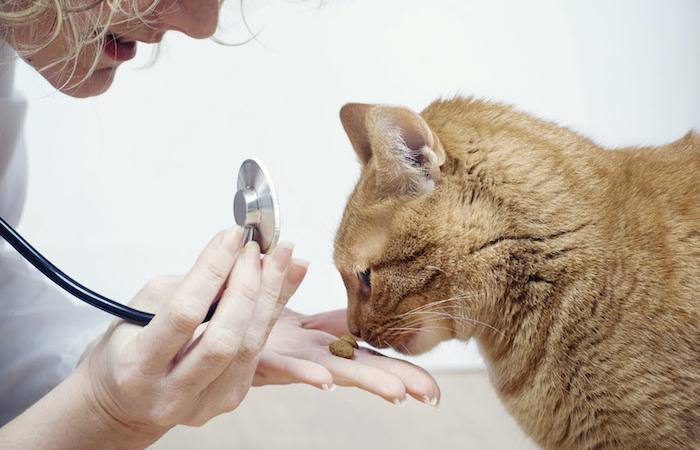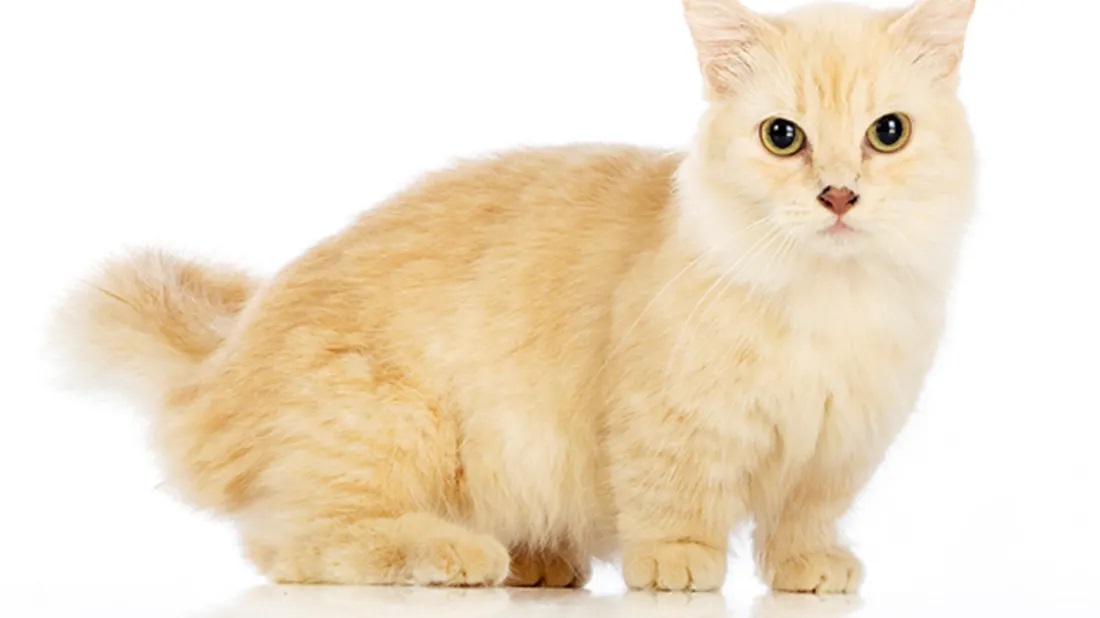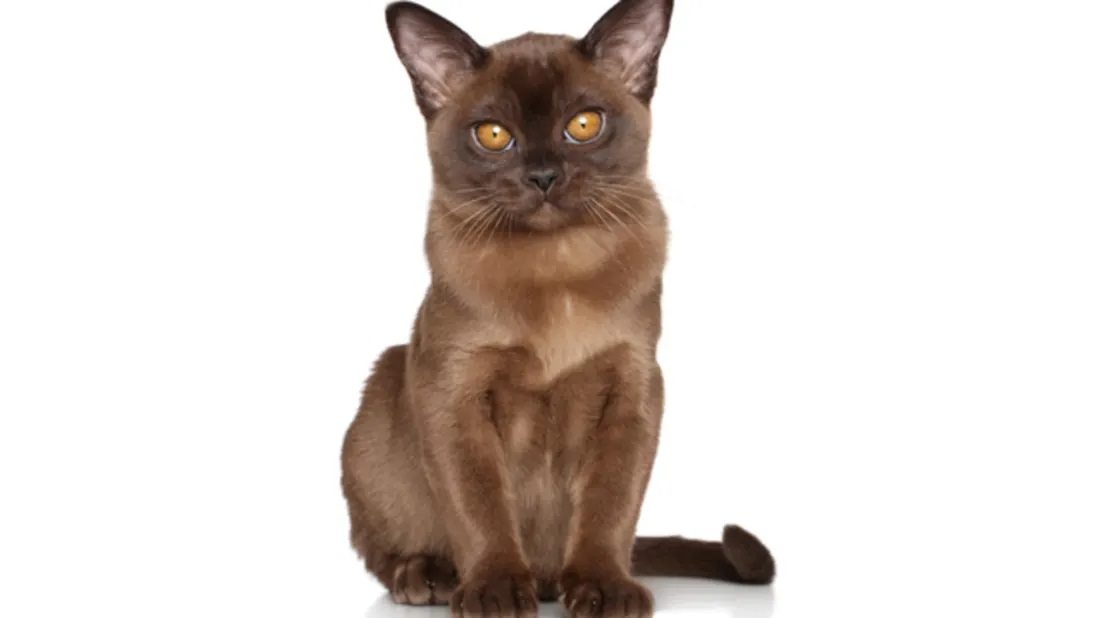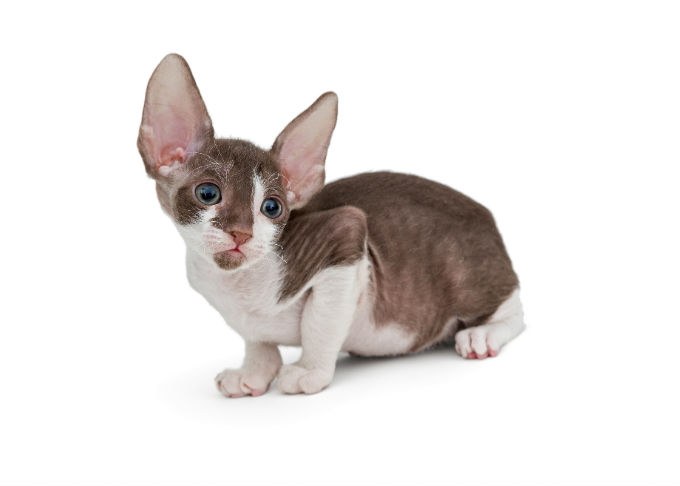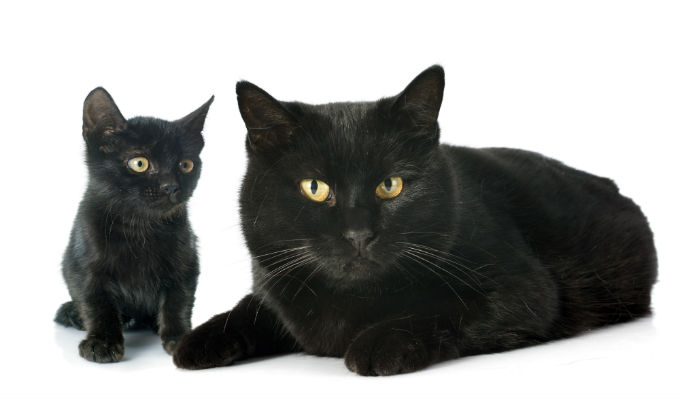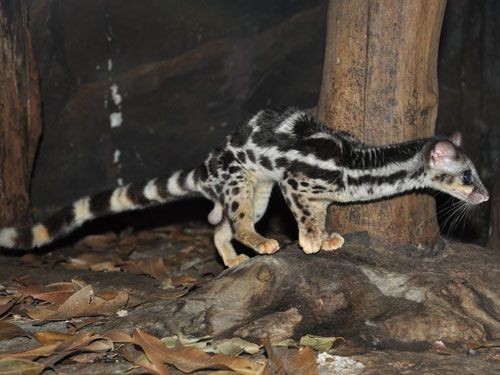Increased thirst in cats causes and treatment
Growing thirst
Cats develop this disorder that may seem strange for two reasons:
First: kidney problems.
Second: worm infection.
Kidney problems: Dysfunction of the kidneys is one of the most common problems experienced by cats when they get older and where the cat urinate frequently and then exposed to thirst.
Symptoms of kidney disorders
1. Urinate frequently.
2. Increased thirst and resort to drinking water taps.
3. Lose weight. 44 – loss of appetite.
How to help your cat?
1. Provide foods rich in proteins such as white meat or chicken, or consult a doctor in a medical diet.
2 – not to deprive the cat from drinking water.
3. Note the weight of your cat.
4. Observe your cat’s anorexia.
5 – examination of the teeth to make sure there are no infections of the gums, which is a sign of the beginning of kidney problems.
6 – resort to the veterinarian to do blood and urine tests. 22. Worm Infection: If the cat’s owner removes her ovaries at an early age, her infection will be rare and quite the opposite.
Symptoms of worm infection
1- Excretion of pus from her vagina.
2 – being lethargy and frustration.
Loss of appetite.
4 – growing thirst.
Treatment of this injury: – Immediate surgical removal of the uterus.
How to help your cat?
1 – the removal of her ovaries are still young.
2 – If the cat gives birth, this is done after the end of the reproductive period.
Increased thirst may find a common trait of many diseases in cats:
– Kidney disease.
– Worm infection.
– Diabetes.
– Liver diseases.
All these symptoms can be diagnosed only through blood tests.


